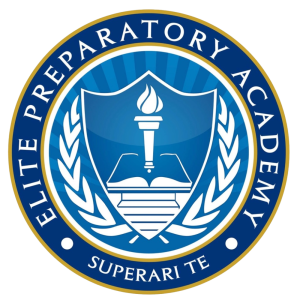Unit 5: Analyzing Author's Choices
Section outline
-
Objective:
Students will analyze how an author’s choices affect the structure and meaning of a story, focusing on narrative techniques like flashbacks, chronology, and perspective.
Task:
Choose a short story and analyze the author’s narrative structure, including choices like flashbacks, chronology, point of view, and how these choices shape the meaning of the story.
Outcome:
Write a 2-page essay explaining how the author’s structural choices (such as flashbacks, changes in chronology, or point of view) affect the meaning and themes of the story.
Measurable Objective:
Students will demonstrate an understanding of at least two authorial choices (like flashbacks, non-linear timelines, or point of view) and how these choices impact the story’s structure and meaning.
Materials List:
- Short Story (either provided by the teacher or selected by the student)
- Pen or pencil
- Notebook or digital document for notes
- Highlighter (optional)
- Dictionary or thesaurus (optional)
- Access to a computer for writing the essay
- Printer (optional for hard copies of the essay)
- Printed rubric (for self-assessment)
- Printed outline template (optional)
- A projector or presentation software (optional if presenting findings)
Evaluation Rubric
Criteria
4 (Excellent)
3 (Good)
2 (Needs Improvement)
1 (Unsatisfactory)
Identification of Author’s Choices
Clearly identifies at least two authorial choices with strong, specific examples.
Identifies two authorial choices with adequate examples.
Identifies one or two authorial choices, but the examples are weak or unclear.
Fails to identify authorial choices or provides incorrect examples.
Analysis of Impact on Meaning
Provides a deep, thoughtful analysis of how the author’s choices impact the story's meaning.
Provides a clear analysis, but may lack depth or full explanation of impact.
Provides a basic analysis, but with limited explanation of how the author’s choices impact the story.
Fails to analyze the impact of authorial choices on the story.
Organization and Structure
Essay is well-organized, with clear introduction, body paragraphs, and conclusion.
Essay is mostly organized, with minor issues in flow or structure.
Essay is somewhat disorganized, making it difficult to follow the argument.
Essay lacks clear organization or structure, making it hard to understand.
Use of Textual Evidence
Provides strong, specific textual evidence that fully supports the analysis.
Provides adequate textual evidence, but could use more or stronger examples.
Provides limited textual evidence or the examples do not fully support the analysis.
Fails to provide textual evidence or provides irrelevant examples.
Grammar and Mechanics
Writing is free of grammatical, spelling, and punctuation errors.
Writing has few errors, but they do not interfere with understanding.
Writing has multiple errors, affecting clarity and readability.
Writing has many errors that significantly interfere with understanding.
This unit will help you deepen your understanding of how authors make structural choices and how those choices influence the meaning of their stories. By analyzing these choices, you will improve your skills in literary analysis and writing!
